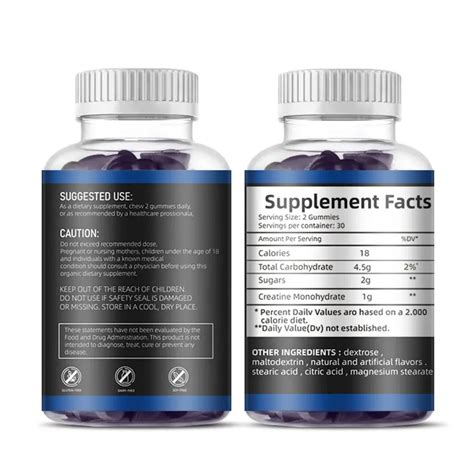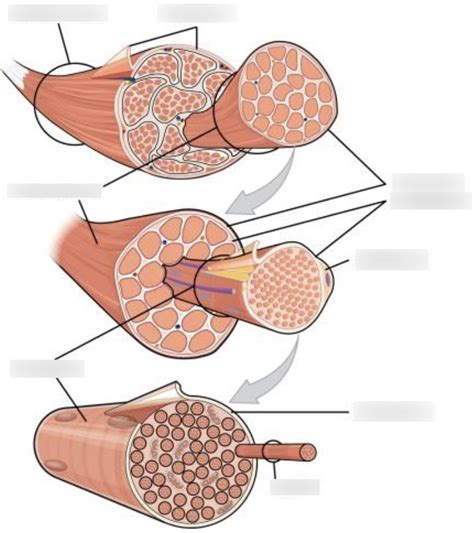Maximize workout efficiency: Build peak strength & lean mass faster?

Unlock Your Peak Potential: Smart Strategies for Faster Gains
In the quest for peak strength and lean muscle mass, simply putting in hours at the gym isn’t always enough. The real game-changer lies in maximizing your workout efficiency. By understanding and applying proven scientific principles, you can sculpt your physique and boost your strength in significantly less time, avoiding plateaus and burnout. This article will guide you through the essential strategies to optimize every minute of your training.
The Core Principles of Efficient Training
Efficient training isn’t about training harder; it’s about training smarter. It involves a strategic approach to exercise selection, intensity, and volume that triggers the maximum physiological response for muscle growth and strength adaptation.
Progressive Overload: The Non-Negotiable
At the heart of all effective strength training is progressive overload. This fundamental principle dictates that to continually get stronger and build muscle, you must consistently challenge your muscles more than they’re used to. This can be achieved by increasing the weight, performing more repetitions, doing more sets, reducing rest times, increasing training frequency, or improving technique to handle the same load more effectively.

Compound Movements: Your Best Allies
Prioritize compound exercises that work multiple muscle groups and joints simultaneously. Movements like squats, deadlifts, bench presses, overhead presses, and rows are incredibly efficient because they allow you to lift heavier loads, recruit more muscle fibers, and stimulate a greater systemic response, leading to superior strength and mass gains compared to isolation exercises.
Intensity and Volume: Finding the Sweet Spot
The balance between intensity (how heavy you lift) and volume (total sets and reps) is crucial. For strength and hypertrophy, a general guideline is to work within the 6-12 repetition range for most exercises, aiming for a high level of effort (1-3 reps in reserve, or RIR). Adequate volume is necessary to stimulate growth, but excessive volume can lead to overtraining and hinder recovery. Listen to your body and adjust accordingly.
Fueling Your Progress: Nutrition & Hydration
Your diet plays an equally critical role as your training. You can’t build a strong, lean physique without the right building blocks and energy sources.
Protein: The Building Block
Protein is essential for muscle repair and growth. Aim for a high protein intake, roughly 1.6-2.2 grams per kilogram (0.7-1 gram per pound) of body weight daily, distributed throughout your meals. Focus on complete protein sources like lean meats, poultry, fish, eggs, dairy, and plant-based alternatives.
Carbs & Fats: Energy & Hormones
Carbohydrates are your body’s primary fuel source, especially for intense workouts. Ensure a sufficient intake of complex carbohydrates to fuel your training and replenish glycogen stores. Healthy fats are vital for hormone production and overall health. Balance your macros to support your energy demands and recovery needs.

The Unsung Hero: Recovery and Sleep
Muscles don’t grow in the gym; they grow during recovery. Neglecting this crucial phase will severely limit your gains, no matter how perfect your training and nutrition are.
Quality Sleep
Aim for 7-9 hours of quality sleep per night. During sleep, your body releases growth hormone, repairs muscle tissue, and consolidates strength adaptations. Prioritize creating a consistent sleep schedule and a conducive sleep environment.
Active Recovery & Mobility
Incorporate active recovery (light cardio, stretching, foam rolling) and mobility work into your routine. This helps improve blood flow, reduce muscle soreness, enhance flexibility, and prevent injuries, preparing your body for the next intense session.

Smart Strategies for Faster Gains
Periodization: Planning for Peaks
Consider incorporating periodization into your training. This involves systematically varying your training program over time (e.g., cycles of higher volume/lower intensity followed by lower volume/higher intensity) to prevent plateaus, optimize adaptations, and peak for specific goals.
Deload Weeks: Recharge and Grow
Every 4-8 weeks, implement a deload week where you significantly reduce your training volume and/or intensity. This allows your central nervous system and muscles to fully recover, prevent overtraining, and come back stronger for the next training cycle. Often, substantial growth occurs post-deload.

Track Your Progress: Data-Driven Gains
Keep a detailed workout log. Record the exercises you perform, the weight lifted, sets, reps, and even your perceived effort. This data is invaluable for ensuring progressive overload, identifying what works, and making informed adjustments to your program.

Conclusion
Building peak strength and lean mass faster is entirely achievable by adopting a holistic and intelligent approach. By meticulously applying progressive overload, focusing on compound movements, optimizing your nutrition for growth, prioritizing quality recovery, and strategically planning your training, you’ll not only maximize your workout efficiency but also transform your physique and performance more effectively than ever before. Consistency and adherence to these principles are the ultimate keys to unlocking your full potential.








